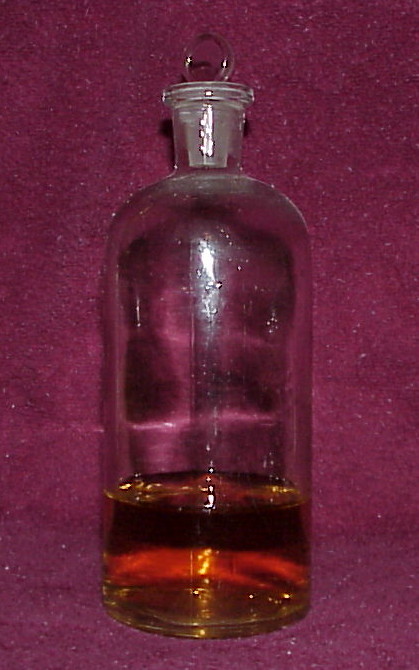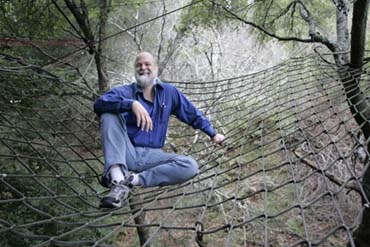Liquid Explosives

When airline passengers were told on August 10th, 2006, that they could no longer bring liquids aboard airplanes, the fear was liquid explosives.
Most people can probably name one liquid explosive -- nitroglycerine, or more properly glyceryl trinitrate, or propane-1,2,3-triyl trinitrate. Ramzi Yousef used contact lens solution bottles filled with glyceryl trinitrate to blow up a Boeing 747 going from Manila to Japan.
But while glyceryl trinitrate is known for its dangerous instability and ease of detonation, the news reports were mentioning an even less stable chemical, triacetone triperoxide. This chemical can be detonated by a flame or by friction, but it is a solid, not a liquid. The reporters may have been confusing it with methyl ethyl ketone peroxide, which is a liquid made in basically the same way, but starting with a different organic solvent. Or they may have simply been assuming that the explosive rumored to have been used the previous July 7th was again being considered.
The news reports went on to give recipes for making TATP from hair bleach and acetone. The recipes are widely available on the web, but following the typo-laden instructions is more likely to lead to a premature death or dismemberment than a useful and transportable device. Substances that are used because they are less stable and easier to set off than military explosives are not something for amateurs to cook up from recipes on the Internet.
The drag racing fuel nitromethane can be sensitized with alkalies to become more easily detonated. Nitroethane is another liquid that can be coaxed to explode. The explosive dithekite has also been mentioned, but none of these is as easy to make in a kitchen as TATP, and none are as easy to detonate.
Methyl nitrate is another, but it has an odor that would cause suspicion (and headaches). Another liquid mentioned in the news reports is Fixor, whose web page mentions that it can be carried aboard passenger airplanes (not anymore, I suspect!).
The reason for using liquid explosives is that the X-ray machines and other devices for detecting explosives rely on density and other properties of solid explosives, and liquids explosives look like innocuous ordinary liquids to them. I suspect that peroxide explosives might have passed through sniffer detectors that were designed to detect nitrate based chemicals, but newer detectors are sure to catch them.

1 Comments:
AFAIK there are still no scanning detectors that can smell TATP because they have no nitros in their structure.
Post a Comment
Links to this post:
Create a Link
<< Home